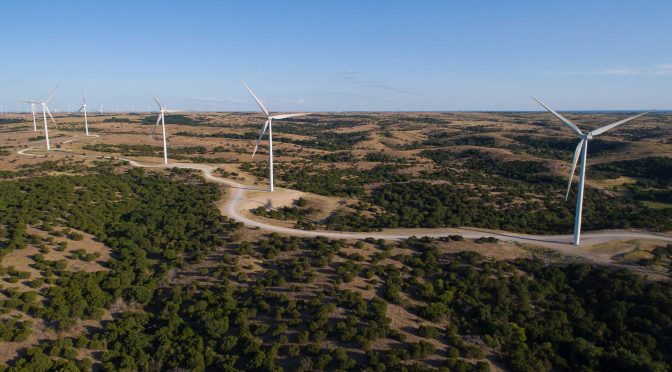The Global Alliance, of which EGP is also a member, presented two important position papers at the ONU Climate Conference in order to contribute toward “a sustainable value chain”.
COP 27 in Sharm El-Sheik in Egypt ended on November 19 with an agreement on a compensation fund for the damage caused by climate change, although no new decisions were made regarding the reduction of greenhouse gas emissions. The Global Alliance for Sustainable Energy was also present at the United Nations Climate Conference, with a series of practical proposals regarding both the circular economy and decarbonization.
Our CEO Salvatore Bernabei recently became president of the Alliance which, with the publication of the position paper “Circular Design Criteria” and the forthcoming release of another on “Net Zero/Decarbonization,” sets out the priorities for accelerating the sustainability of the global energy industry. It’s a way to guarantee completely sustainable renewable energies for people and for the planet, and drive a just transition away from fossil fuels.
These papers “are a solid achievement for the Global Alliance for Sustainable Energy only a year after it was founded, demonstrating the effectiveness of a collaborative approach which involves all the stakeholders in bringing about decarbonization and in guaranteeing the complete sustainability of the sector along the entire value chain,” said Bernabei.
Circular design
According to the position paper on “Circular Design Criteria,” the circular economy and sustainability are the perfect tools for satisfying the requirement to be met by all manufacturing industries: minimizing the environmental and social impacts caused by the use of raw materials in equipment production. The paper focuses on the energy sector impacts so as to promote sustainable, circular and innovative planning criteria, which are crucial for speeding up the energy transition. “The circular economy combined with sustainability is the key solution for mitigating the risks of growth, its aim being to make the best use of natural working capital, so as to minimize the need to extract more,” explains Giovanni Tula, Head of Sustainability for Enel Green Power.
Raw materials and how to recover them
The energy transition will bring benefits for society and the environment, such as, for example, an increase in employment and a reduction in emissions on a global level, but also with benefits for people’s health at a local level. On the other hand, this overall dynamic results in a need for raw materials which is increasing in quantitative terms, but somewhat different with regard to material type when compared to the current energy system. Pressure on natural resources could lead to a rise in social, environmental and geopolitical risks linked to the availability of these materials.
According to the position paper on circular design, the list of raw materials which impact the energy transition is very long, with at least 30 being of great significance; four have been identified as being of the utmost priority: aluminum, copper, steel and polysilicon, which are essential for the electricity sector in general, electric cables, wind turbines and solar panels, respectively.
“These are raw materials that are found in countries with fragile geopolitical situations and with potential risks in terms of human rights and respect for the environment,” Tula goes on to say.
That is why the Alliance has developed strategies to reduce social and environmental impacts. These include: the transparency and visibility of the entire supply chain; the circularity of raw materials and the recyclability of power facilities; the separation of materials at end of life and their repurposing to give them a second life; design that makes it possible to extend the life of power plants, making them easier to maintain and repair; and the supply of certified sustainable raw materials.
Common standards are required for the reduction of emissions
The problem of emissions is addressed in the soon-to-be-published position paper on “Net Zero/Decarbonization,” which focuses on the urgent need to decarbonize the electric energy sector. In order to comply with the NetZero 2050 objective, the road to the reduction of greenhouse gas emissions must be defined and have common scientific bases. A common standard for energy is required, utilizing an ecosystemic approach which involves various players from the energy system.
Faced with two equally important issues – sustainability and decarbonization – the Global Alliance for Sustainable Energy therefore wants to be the missing link which will connect its members to the energy sector market. Its aim is to improve transparency, circularity and the overall sustainability of the sector, by adopting best practices and adopting common sustainability standards.


